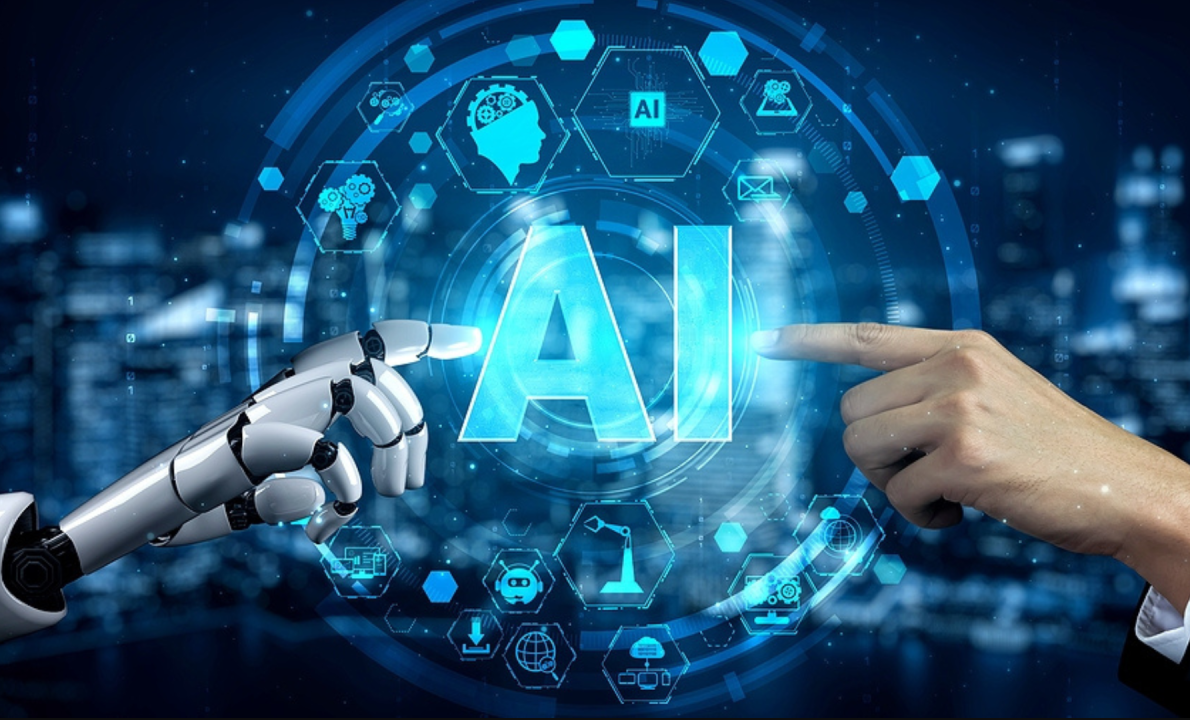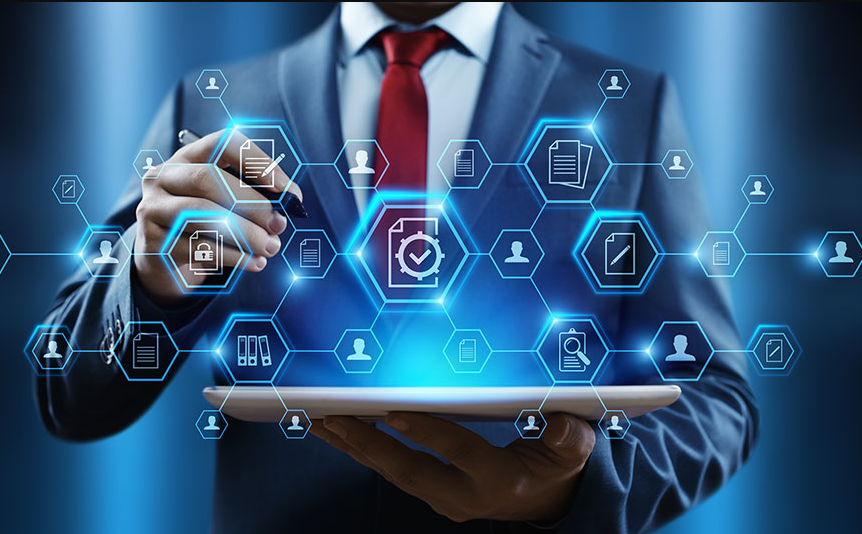How Artificial Intelligence Is Transforming Everyday Life: A Beginner’s Guide
How Artificial Intelligence Is Transforming Everyday Life: A Beginner’s Guide
Artificial Intelligence (AI) is no longer a futuristic concept seen only in science fiction. It has become an integral part of our daily lives, quietly shaping the way we live, work, shop, and even communicate. From smartphones to smart homes, AI is everywhere—often working behind the scenes to make our lives easier and more efficient.
If you’re new to the world of AI, this beginner’s guide will help you understand what AI is, how it works, and most importantly, how it’s transforming everyday life in ways you may not even realize.
What Is Artificial Intelligence?
At its core, Artificial Intelligence refers to the simulation of human intelligence by machines. This includes learning (acquiring data and rules), reasoning (making decisions), and self-correction. AI can range from simple rule-based systems to complex machine learning and deep learning algorithms.
There are two main types of AI:
- Narrow AI: Designed for specific tasks (e.g., voice assistants, spam filters).
- General AI: Hypothetical machines that can perform any intellectual task a human can do (still in development).
1. Smartphones and Virtual Assistants
Most people interact with AI every day through their smartphones. Whether you’re using Siri, Google Assistant, Alexa, or Cortana, you’re using AI-powered tools that process natural language, understand commands, and provide intelligent responses.
Common uses include:
- Setting reminders and alarms
- Answering questions
- Controlling smart home devices
- Translating languages in real time
Voice recognition, predictive text, and face unlock features are also powered by AI algorithms.
2. Personalized Recommendations
Ever wondered how Netflix knows what movie you might like? Or how Amazon suggests products you’re likely to buy? That’s AI at work.
Machine learning algorithms analyze your behavior—what you watch, click, buy, or browse—and use that data to make personalized recommendations. This helps companies:
- Improve customer experience
- Boost engagement
- Increase sales
You see it not only on streaming services but also on e-commerce sites, social media feeds, and even news platforms.
3. AI in Social Media
Social media platforms like Facebook, Instagram, TikTok, and X (formerly Twitter) rely heavily on AI to curate content, detect harmful posts, and improve user engagement.
Key AI features in social media include:
- Image and facial recognition
- Content moderation and spam detection
- Trending topic identification
- Algorithm-driven newsfeeds
AI also powers chatbots used by businesses to respond to customer queries on platforms like Messenger and WhatsApp.
4. Smart Homes and Devices
Smart home technology is becoming increasingly common, and AI plays a key role in making homes more intuitive and energy-efficient.
Examples of AI in smart homes:
- Smart thermostats like Nest learn your temperature preferences and adjust automatically
- Smart lights and appliances can be voice-controlled and scheduled
- AI security cameras detect unusual activity and send real-time alerts
These systems learn from your habits and continuously optimize how your home operates.
5. Healthcare and Wellness
AI is transforming the healthcare sector by improving diagnosis, treatment, and patient care.
Some practical examples:
- AI apps that monitor your vitals or track your fitness goals
- Chatbots offering basic medical advice and appointment booking
- Algorithms that help doctors detect diseases like cancer or Alzheimer’s from scans
Wearables like smartwatches can detect irregular heart rhythms, sleep patterns, and even stress levels, all thanks to AI-powered sensors and analytics.
6. Transportation and Navigation
AI is also driving innovation in how we move around, both literally and digitally.
Here’s how:
- GPS apps like Google Maps use AI to analyze traffic patterns in real time and suggest the fastest routes
- Ride-sharing apps like Uber or Lyft use AI for matching riders with drivers, setting prices, and optimizing routes
- Self-driving cars, while still evolving, rely entirely on AI to interpret sensor data, recognize obstacles, and make split-second decisions
AI is making transportation safer, faster, and more convenient.
7. Banking and Finance
AI is revolutionizing the way we manage money. It’s used by banks, financial apps, and fintech companies to offer smarter services and better security.
AI in finance includes:
- Fraud detection systems that monitor unusual activity
- Chatbots for 24/7 customer support
- Robo-advisors that provide automated investment advice
- Credit scoring models for faster loan approvals
Even budgeting apps like Mint and YNAB use AI to categorize spending and offer personalized tips.
8. Education and Learning
AI is playing a growing role in personalized learning. Online platforms use AI to adapt content to a student’s pace and style.
AI-driven tools in education include:
- Language learning apps like Duolingo, which adapt based on your progress
- AI tutors and chatbots for answering questions in real time
- Grading systems that assess essays and quizzes automatically
- Platforms that recommend courses based on your interests
This technology helps learners stay engaged and improves outcomes through tailored experiences.
9. Work and Productivity
AI tools are transforming the workplace by automating repetitive tasks and enhancing productivity.
Examples of AI at work:
- Writing assistants like Grammarly that correct grammar and suggest improvements
- Meeting transcription tools like Otter.ai that turn voice into editable text
- Task automation in platforms like Zapier or Microsoft Power Automate
- AI used in recruitment to screen resumes and conduct preliminary interviews
With AI, employees can focus more on creative and strategic work instead of mundane tasks.
10. Entertainment and Creativity
AI is even changing how we create and consume art, music, and entertainment.
Creative applications of AI include:
- Generative AI tools like ChatGPT, DALL·E, and Midjourney that produce text, art, or music
- AI music composition tools used by artists
- AI-powered video editing and animation software
- Deepfake technology (though controversial) is also powered by AI
AI is opening up creative possibilities that were once unimaginable.
Is AI Safe? Concerns and Considerations
While AI offers numerous benefits, it’s important to be aware of the challenges:
- Privacy concerns: AI systems collect and analyze vast amounts of personal data
- Bias and fairness: Algorithms can unintentionally reflect or amplify human biases
- Job displacement: Automation may replace some jobs, especially repetitive or manual ones
That’s why ethical AI development, transparency, and regulations are essential as the technology advances.
Conclusion: Embracing the AI-Driven World
Artificial Intelligence is not a distant concept—it’s here, and it’s already changing our everyday lives in powerful ways. From personalized recommendations and voice assistants to healthcare and transportation, AI is embedded in many of the tools we use every day.
For beginners, understanding how AI works and where it’s being used is the first step toward navigating—and thriving in—an AI-powered world. As technology continues to evolve, so too will the ways AI improves our lives, enhances productivity, and unlocks new possibilities.










